Effects of antimicrobials on the gastrointestinal microbiota of dogs, cats
This review discusses the effects of antimicrobials on the gastrointestinal microbiota and the most important associations between antimicrobial-induced dysbiosis and diseases in humans, dogs, and cats. There are limited studies available in dogs and cats regarding the long-term effects of antimicrobials on the microbiota and subsequent susceptibility to diseases.
Among several environmental factors, exposure to antimicrobials has been in the spotlight as a cause of profound and long-term disturbance of the intestinal microbiota. Antimicrobial-induced dysbiosis is a general term and includes decreases in microbial richness and diversity, loss of beneficial bacterial groups, blooms of intestinal pathogens and alterations in the metabolic functions and end-products of the microbiota.
Mounting evidence from human and experimental animal studies suggests an association between antimicrobial-induced dysbiosis and susceptibility to gastrointestinal, metabolic, endocrine, immune and neuropsychiatric diseases. These associations are commonly stronger after early life exposure to antimicrobials, a period during which maturation of the microbiota and immune system take place in parallel.
In this study, the research team found that antimicrobials profoundly disrupt the gastrointestinal (GI) microbiota, and that early life antimicrobial exposure may increase susceptibility to disease. Researchers also found that antimicrobials commonly used in GI diseases of dogs seem to prolong GI dysbiosis. In cats, early life antimicrobial therapy delays the maturation of the microbiome.
In addition, these associations commonly become stronger as the number of antimicrobial courses increases. The repeatability of these findings among different studies as well as the presence of a dose-dependent relationship between antimicrobial exposure and disease development collectively require careful consideration of the need for antimicrobial use.
Evangelia M Stavroulaki, et al. “Effects of antimicrobials on the gastrointestinal microbiota of dogs and cats.” Vet J. 2022 Nov 24;291:105929. doi: 10.1016/j.tvjl.2022.105929.




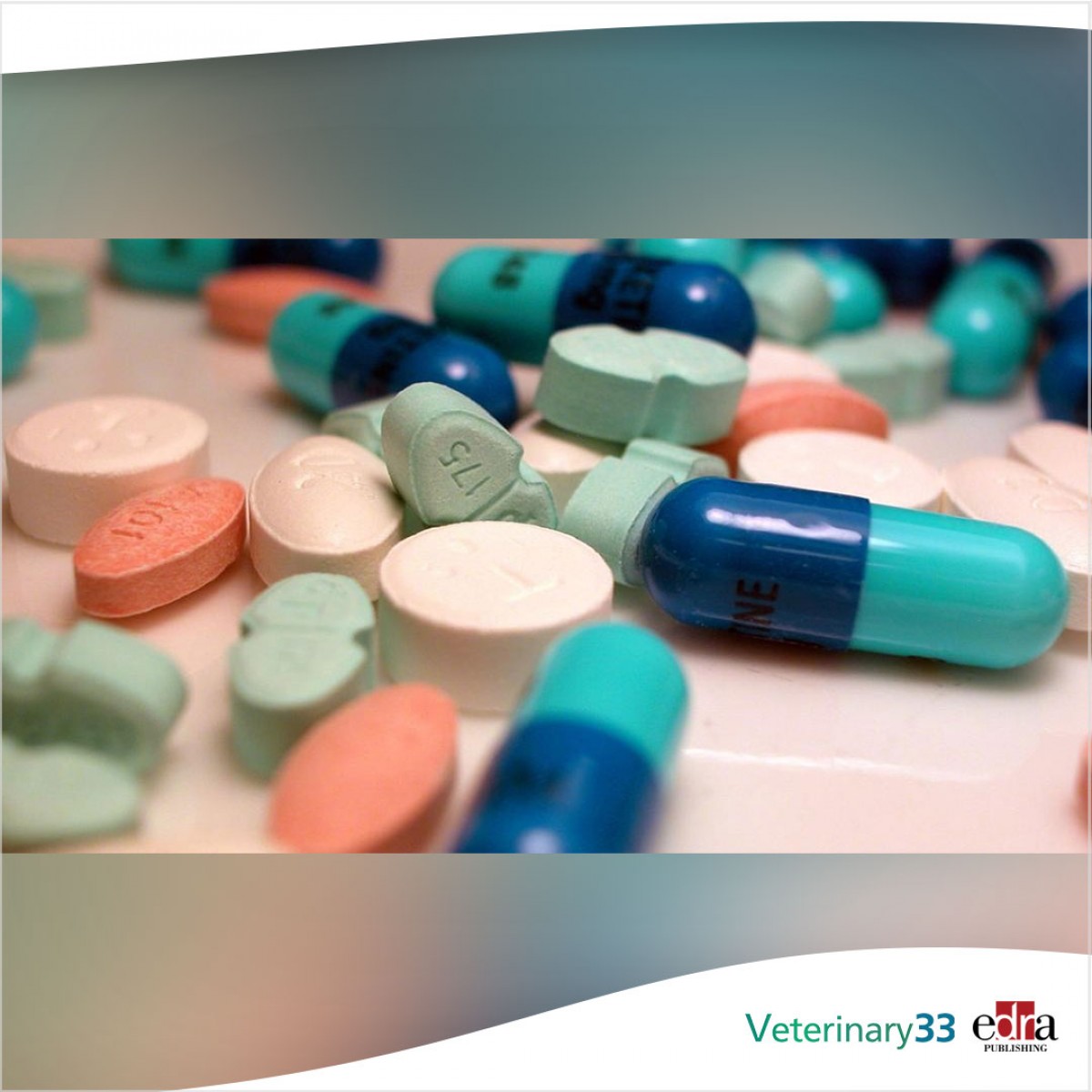
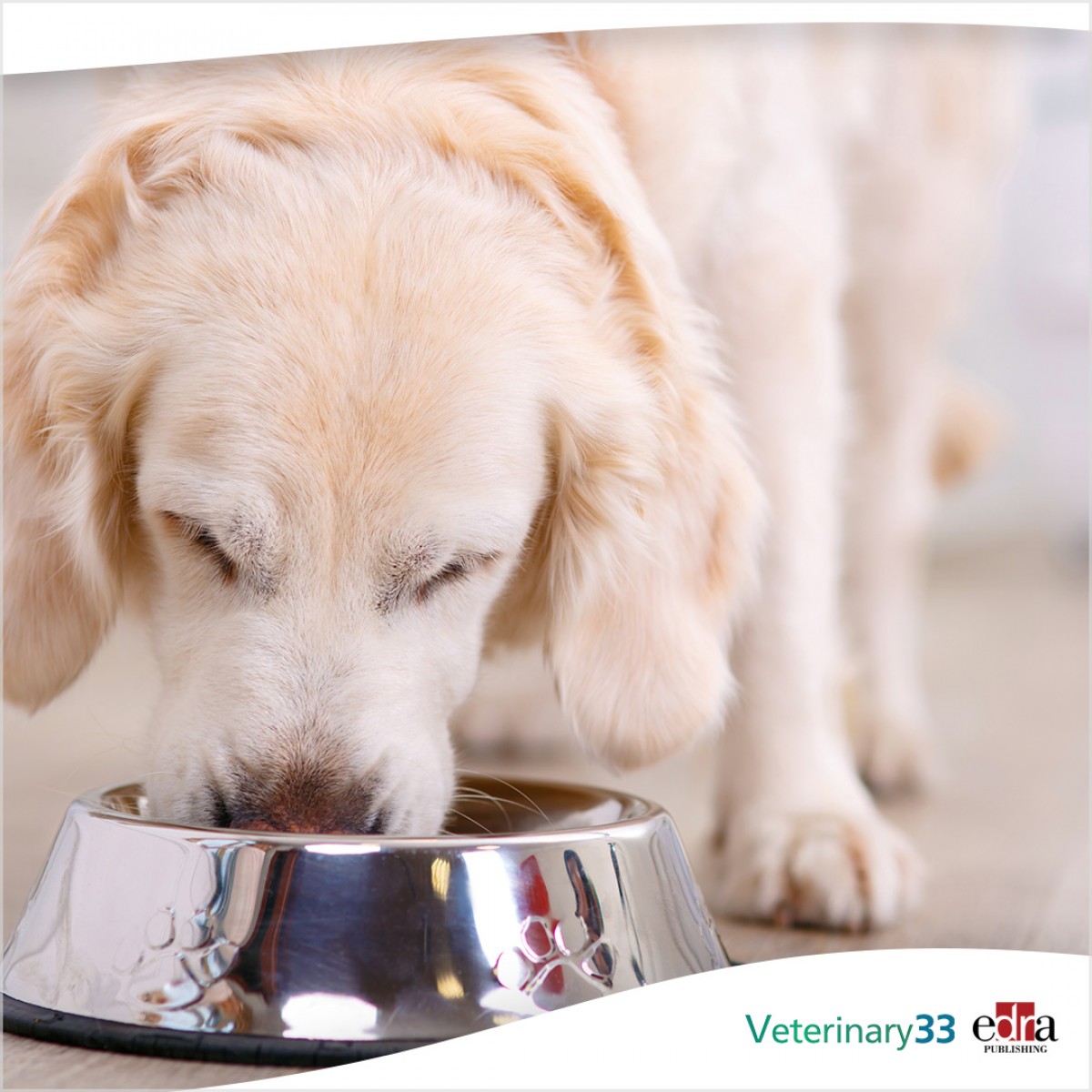
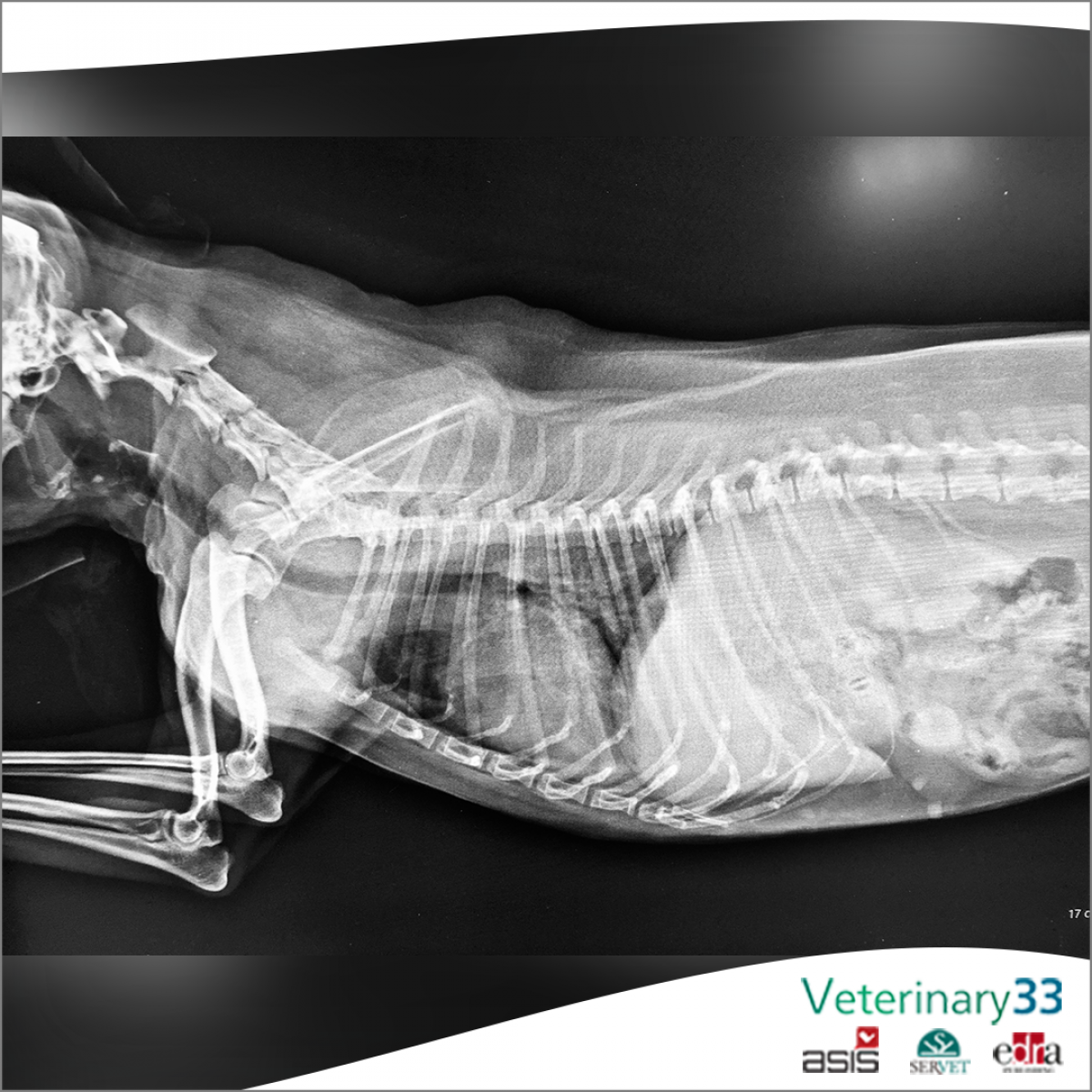
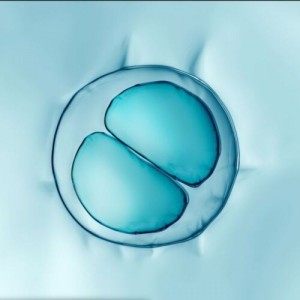
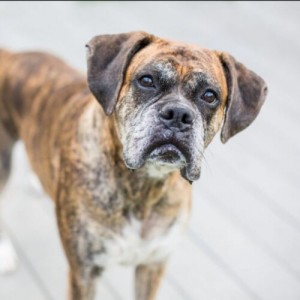
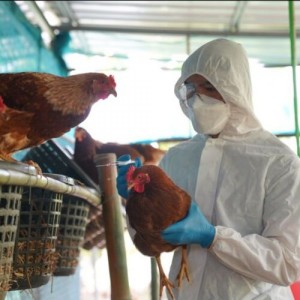
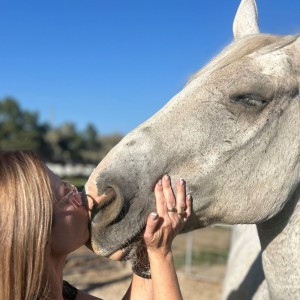
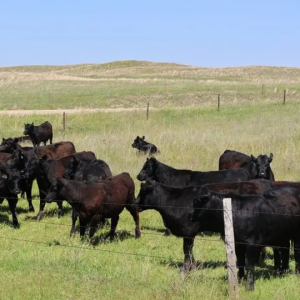

List
Add
Please enter a comment